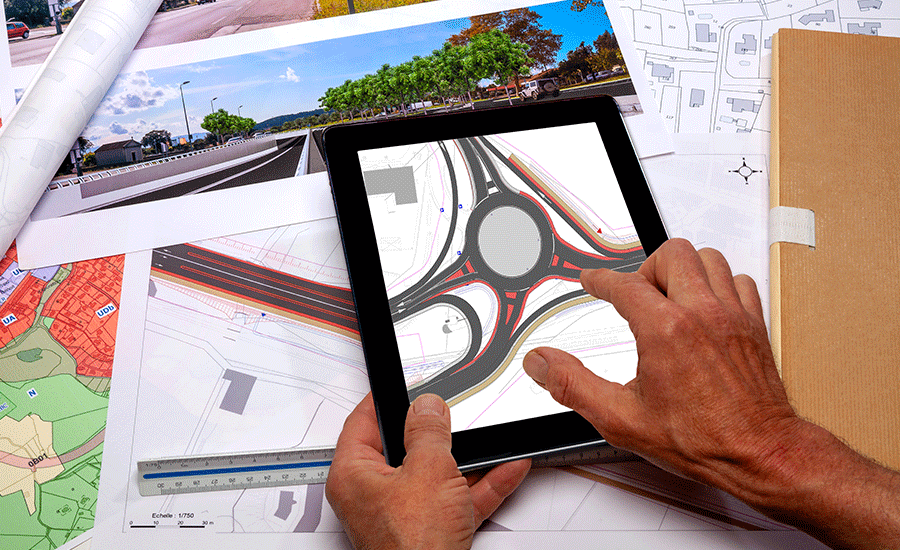
Construction management is a complex, multi-faceted process that requires careful planning, coordination, and execution of a wide range of tasks throughout the transportation asset lifecycle. One of the most critical aspects of construction management is the ability to accurately track and manage project data, in order to communicate with other project stakeholders and phases - that's where an integration with a GIS platform can help.
Geographic Information System (GIS) technology is a powerful tool that can help infrastructure construction professionals optimize their workflows and overcome common project management challenges by leveraging location data. In this article, we will explore the benefits and the main uses of GIS in construction management and how it can help you streamline your projects, reduce costs, and improve overall project efficiency.
Improved Project Planning and Design with GIS in Construction
GIS technology can assist in site selection and analysis by mapping construction site plans and identifying potential issues before they occur, whether you're building in urban areas or rural sites. GIS enables construction managers to create detailed maps of project sites to determine their suitability for construction. These maps provide information on the topography, soil type, drainage patterns, and other environmental factors that may impact construction.
The data visualizations created by GIS platforms can be used to enhance communication between project stakeholders, including contractors, engineers, architects, and local authorities. By identifying potential issues early in the planning process, you can avoid costly delays, reduce the likelihood of costly rework, and ensure clients feel their costs are properly managed.
Tasks like site selection, land suitability analysis, land use and transport modeling, the identification of planning action areas, and impact assessments are all improved by GIS data. When this information is captured digitally, it can be used to inform the construction management process, from detailing the locations of environmentally sensitive areas to assisting with informed daily decision-making.


Post a comment to this article
Report Abusive Comment